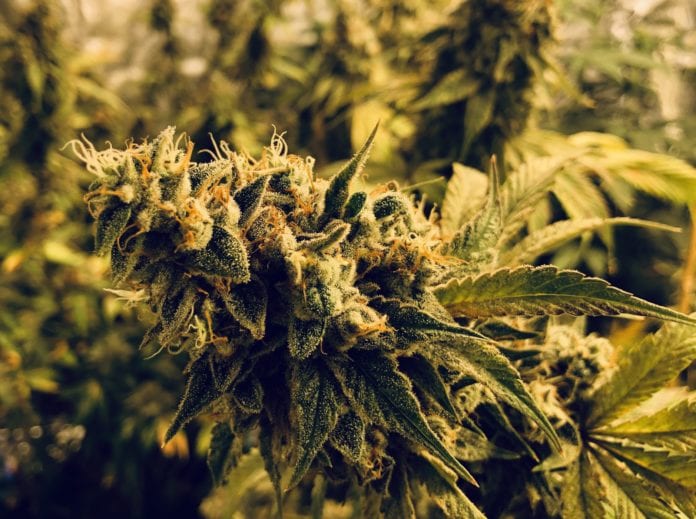Marijuana – Safe for Adolescents?
The next 20 years witnessed rapid changes in the marijuana legal landscape. Nowadays, legal marijuana is a booming industry estimated to be worth over 10 billion dollars.
Marijuana’s active ingredients are a class of chemical compounds called cannabinoids. The two most well-known cannabinoids are tetrahydrocannabinol (THC) and cannabidiol (CBD). THC is the principal psychoactive ingredient in marijuana that causes a sensation of euphoria or “high.”
CBD, on the other hand, is non-intoxicating and has been used to provide relief from a series of medical conditions, including chronic pain and epilepsy. Products marketed as medical marijuana typically have high amounts of CBD and low THC. The state of Georgia permits patients with a medical marijuana card to possess up to 20 ounces of low-THC cannabis oil. However, possession, sale, or trafficking of whole plant marijuana is strictly prohibited, and doing so can result in felony charges.
So, is marijuana good or bad for your health? The drug Epidiolex® made history by being the first cannabinoid-related product approved by the FDA for certain types of seizure disorders (Lennox-Gastaut syndrome and Dravet syndrome). It is important to note that this medication has no THC content. While there are documented medical benefits to some marijuana-related products (specifically, CBD for specific seizure disorders), approximately 1 in 6 adolescents who use marijuana long-term will develop a cannabis use disorder.
Brain health is critical to your quality of life.
Learn more about our world-renowned care . Make an appointment online, find a provider or call 404-778-7777 to schedule an appointment.
Data also demonstrates that adolescents are uniquely susceptible to the negative effects of marijuana on brain development. Many of the newer strains of marijuana used for recreational purposes have higher THC content than ever before. The use of concentrates, or marijuana-related products that have been condensed into a highly potent THC form, may increase the risk of side effects from THC, including psychosis, paranoia and anxiety. Those who want to quit may face withdrawal symptoms, such as cravings, changes in sleep (sometimes an increase in vivid dreams), irritability and anxiety.
There are also reports of illicitly purchased marijuana that has been laced with substances unknown to buyers, such as fentanyl, a synthetic opioid that is driving a spike in U.S. mortality.
We still have much to learn about the potential harms and benefits of marijuana-related products. If you or someone you care about needs professional help for a substance use problem, click the link below to learn more about our services.
Learn more about substance use treatment from Emory Healthcare Addiction Service.
Brain health is critical to your quality of life.
Emory Brain Health Center
The brain is the center of all your thoughts, behavior and movement. That’s why brain health care at Emory Healthcare is transforming patient-centered care by bringing more than 400 experts subspecialized in every type of brain condition together. From stroke to brain tumors to epilepsy and psychiatric conditions—we can treat all diseases and conditions of the brain.
Our world-renowned center offers patients accurate diagnosis and custom treatment options to deliver lifesaving care. Unlike any other health care system in the country, we combine five brain health specialties: neurology, neurosurgery, psychiatry & behavioral sciences, rehabilitation medicine, and sleep medicine under one roof.
With our creative partnerships between specialties, we're able to quickly diagnose conditions and develop treatment plans that change patients' lives. You can learn more about some of our team’s remarkable work in "Your Fantastic Mind," a PBS television series syndicated throughout the United States.
Related Posts
-
 Coping with substance use in your early 20s can be stressful. Learn what you can do to stay sober when it seems everyone around is using substances.
Coping with substance use in your early 20s can be stressful. Learn what you can do to stay sober when it seems everyone around is using substances. -
 Finding out about your young adult child’s substance use problems can be stressful. As parents, you can play a pivotal role in your child’s recovery.
Finding out about your young adult child’s substance use problems can be stressful. As parents, you can play a pivotal role in your child’s recovery. -
 Emory Healthcare has joined forces with the Hazelden Betty Ford Foundation to create the Addiction Alliance of Georgia.
Emory Healthcare has joined forces with the Hazelden Betty Ford Foundation to create the Addiction Alliance of Georgia.
Recent Posts
-
Nov 17, 2025
-
Nov 10, 2025
-
Nov 4, 2025
-
Oct 31, 2025
-
Oct 30, 2025
-
Oct 10, 2025


